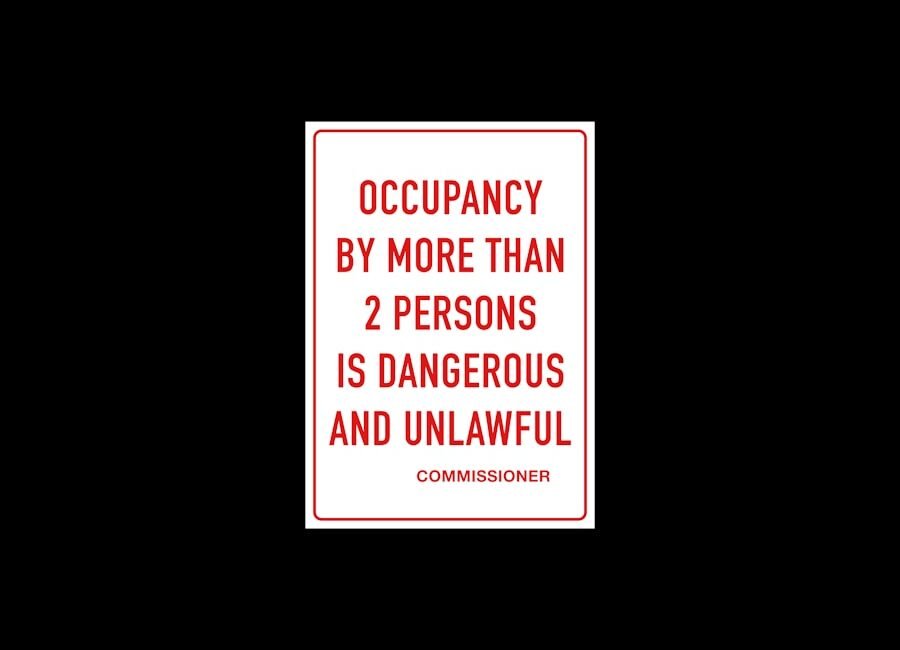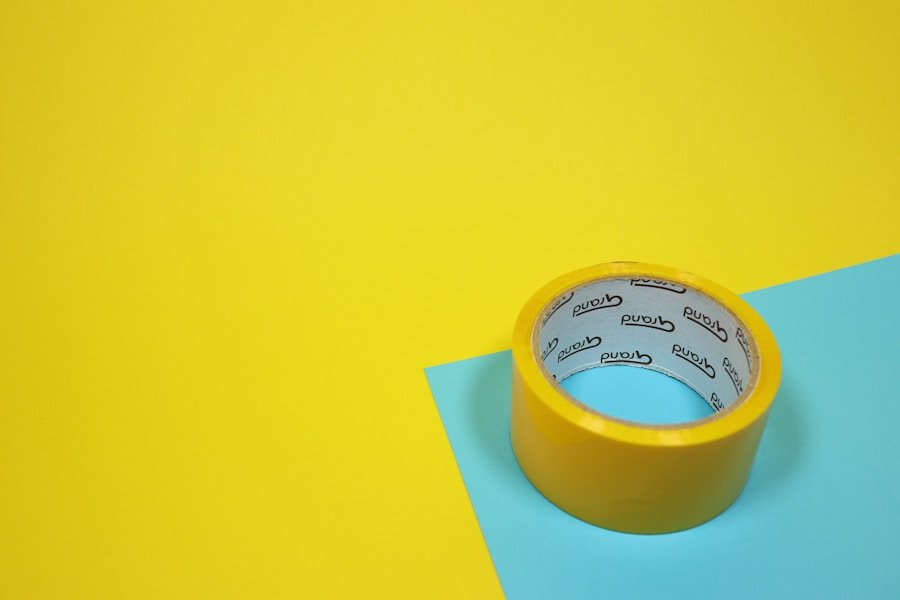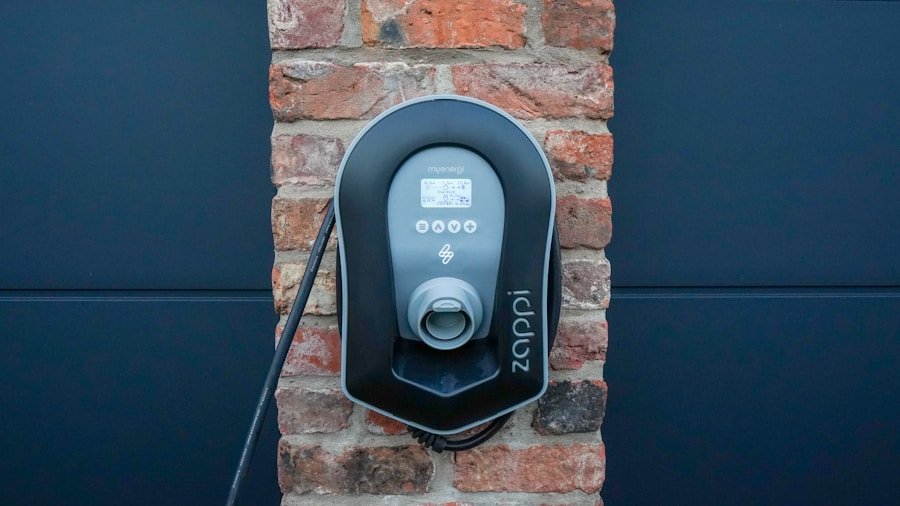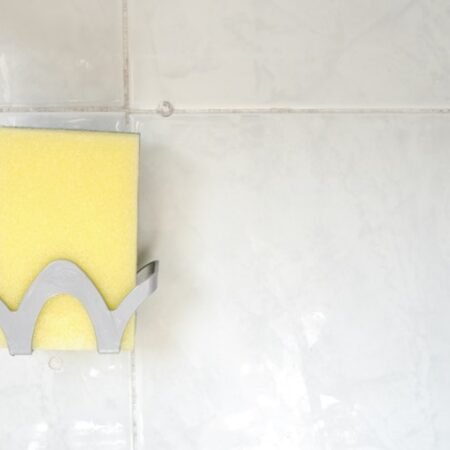Emergency blankets, also known as space blankets or thermal blankets, are lightweight, compact, and highly reflective sheets made of a thin, metallic material such as polyester film coated with a metallic layer. They are designed to help retain body heat and provide insulation in emergency situations, such as during outdoor activities, natural disasters, or medical emergencies. The reflective surface of the blanket is intended to reflect and retain up to 90% of a person’s body heat, helping to prevent hypothermia and maintain a safe body temperature in extreme conditions.
These blankets are often included in first aid kits, emergency preparedness kits, and survival gear due to their effectiveness in providing warmth and protection from the elements. Emergency blankets are commonly used by outdoor enthusiasts, hikers, campers, and emergency responders as a lightweight and versatile tool for staying warm and safe in challenging environments. They are also frequently used in medical settings to help regulate body temperature for patients experiencing shock or hypothermia.
The compact size and durability of emergency blankets make them a practical and essential item for anyone venturing into the outdoors or preparing for emergency situations.
Key Takeaways
- Emergency blankets are lightweight, compact, and reflective blankets designed to retain body heat and provide insulation in emergency situations.
- Yes, emergency blankets can be reused, but there are factors to consider such as the condition of the blanket, the type of use it has undergone, and proper cleaning and storage methods.
- Factors to consider when reusing emergency blankets include tears, contamination, and exposure to bodily fluids or harsh chemicals.
- To properly clean and store emergency blankets for reuse, it is recommended to hand wash with mild soap and water, air dry completely, and store in a cool, dry place.
- Potential risks of reusing emergency blankets include the spread of infection, reduced effectiveness, and compromised insulation.
- Alternatives to reusing emergency blankets include purchasing new ones, using alternative insulation materials, or exploring more sustainable options such as reusable thermal blankets.
- In conclusion, while emergency blankets can be reused with proper care, it is important to consider the potential risks and explore alternative options for maximizing their effectiveness in emergency situations.
Can emergency blankets be reused?
While emergency blankets are designed for single-use in emergency situations, many people wonder if they can be reused multiple times. The answer to this question is not straightforward, as it depends on several factors, including the condition of the blanket, how it was used, and how it has been stored. In general, emergency blankets can be reused if they are still in good condition and have not been damaged or soiled.
However, it is important to carefully assess the blanket for any tears, punctures, or signs of wear and tear before reusing it. It is also important to consider how the emergency blanket was used in the first place. If it was used in a clean and dry environment and did not come into contact with bodily fluids or other contaminants, it may be suitable for reuse after proper cleaning and storage.
However, if the blanket was used in a situation where it became soiled or contaminated, it is best to dispose of it and use a new one for future emergencies. Additionally, if the blanket was used in a medical setting, it is recommended to follow the guidelines of healthcare professionals regarding its reuse.
Factors to consider when reusing emergency blankets
When considering whether to reuse an emergency blanket, there are several important factors to take into account. First and foremost, it is crucial to assess the condition of the blanket to ensure that it is still effective and safe to use. Look for any tears, holes, or damage to the reflective surface that could compromise its ability to retain heat.
If the blanket is damaged in any way, it is best to dispose of it and use a new one for future emergencies. Another important factor to consider is how the emergency blanket was used and whether it came into contact with any contaminants. If the blanket was used in a clean and dry environment and did not become soiled or contaminated, it may be suitable for reuse after proper cleaning and storage.
However, if the blanket was used in a situation where it came into contact with bodily fluids, dirt, or other contaminants, it is best to err on the side of caution and dispose of it. Using a contaminated emergency blanket could pose health risks and compromise its effectiveness in providing insulation and warmth. It is also important to consider how the emergency blanket has been stored since its initial use.
Proper storage is essential for maintaining the integrity of the blanket and ensuring that it remains effective for future emergencies. Store the blanket in a cool, dry place away from direct sunlight and moisture to prevent damage to the reflective surface. If the blanket has been stored properly and is still in good condition, it may be suitable for reuse after thorough cleaning.
How to properly clean and store emergency blankets for reuse
| Question | Answer |
|---|---|
| Are emergency blankets reusable? | Yes, emergency blankets are generally reusable as long as they are not damaged or torn. |
If you have determined that an emergency blanket is suitable for reuse based on its condition and usage, it is important to properly clean and store it to ensure that it remains effective for future emergencies. Cleaning an emergency blanket is relatively simple and can be done using mild soap and water. Fill a basin or sink with lukewarm water and add a small amount of gentle soap.
Gently agitate the water to create suds and submerge the blanket, using a soft cloth or sponge to gently clean the surface. Avoid using harsh chemicals or abrasive scrubbers that could damage the reflective coating. After cleaning the blanket, rinse it thoroughly with clean water to remove any soap residue, then gently squeeze out excess water without wringing or twisting the fabric.
Lay the blanket flat on a clean towel and allow it to air dry completely before folding and storing it. Once dry, fold the blanket neatly and store it in a cool, dry place away from direct sunlight and moisture. Avoid folding the blanket along the same creases each time to prevent weakening the material over time.
Proper cleaning and storage are essential for maintaining the integrity of an emergency blanket and ensuring that it remains effective for future use. By taking care to clean and store the blanket correctly, you can maximize its lifespan and be confident in its ability to provide warmth and insulation in emergency situations.
Potential risks of reusing emergency blankets
While reusing an emergency blanket can be practical and cost-effective, there are potential risks to consider when deciding whether to reuse one. One of the main risks of reusing an emergency blanket is that it may have become contaminated during its initial use, especially if it came into contact with bodily fluids or other contaminants. Using a contaminated emergency blanket could pose health risks and potentially lead to infection or illness.
Another risk of reusing an emergency blanket is that it may have become damaged or compromised during its initial use, particularly if it was used in a rugged outdoor environment or medical setting. Any tears, punctures, or damage to the reflective surface could compromise the blanket’s ability to retain heat and provide insulation in an emergency situation. Using a damaged emergency blanket could result in inadequate protection from the elements and potentially exacerbate the risk of hypothermia or other cold-related conditions.
It is important to carefully assess these potential risks when considering whether to reuse an emergency blanket. If there is any doubt about the cleanliness or integrity of the blanket, it is best to err on the side of caution and use a new one for future emergencies.
Alternatives to reusing emergency blankets
If you have decided that an emergency blanket is not suitable for reuse due to damage or contamination, there are several alternatives to consider for future emergencies. One alternative is to purchase new emergency blankets specifically designated for reuse. These blankets are often made of more durable materials and are designed to withstand multiple uses without compromising their effectiveness.
Another alternative is to invest in a more robust insulation solution, such as a reusable thermal sleeping bag or insulated bivvy sack. These items provide more comprehensive protection from the elements and are designed for repeated use in outdoor environments. While they may be more expensive than traditional emergency blankets, they offer greater durability and insulation for extended outdoor activities or emergency situations.
Additionally, there are alternative methods for retaining body heat and staying warm in emergency situations, such as using layers of clothing, building a shelter, or starting a fire. These methods can provide effective insulation and warmth without relying solely on an emergency blanket. By exploring these alternatives, you can ensure that you have reliable options for staying warm and safe in emergency situations without having to rely on reusing potentially compromised emergency blankets.
Making the most of emergency blankets
In conclusion, emergency blankets are valuable tools for providing insulation and warmth in emergency situations, but their suitability for reuse depends on several factors. While they can be reused if they are still in good condition and have not been contaminated, it is important to carefully assess their condition and usage before deciding whether to reuse them. Proper cleaning and storage are essential for maintaining the integrity of an emergency blanket and ensuring that it remains effective for future emergencies.
However, there are potential risks associated with reusing emergency blankets, including contamination and damage that could compromise their effectiveness. If an emergency blanket is not suitable for reuse, there are alternative options available, such as purchasing reusable blankets or investing in more robust insulation solutions. By considering these factors and alternatives, you can make informed decisions about reusing emergency blankets and ensure that you have reliable tools for staying warm and safe in challenging environments.
Whether you choose to reuse an emergency blanket or explore alternative options, prioritizing safety and preparedness is essential for effectively managing emergencies and outdoor activities.
FAQs
What are emergency blankets?
Emergency blankets, also known as space blankets or thermal blankets, are lightweight, compact, and highly reflective sheets that are designed to retain body heat and provide insulation in emergency situations.
Are emergency blankets reusable?
Yes, emergency blankets are generally reusable. They are made from durable materials such as Mylar or other metallic-coated plastic films, which can withstand multiple uses if handled carefully.
How can I clean and maintain an emergency blanket for reuse?
To clean an emergency blanket, simply wipe it down with a damp cloth and mild soap. Avoid using harsh chemicals or abrasive materials, as they can damage the reflective coating. After cleaning, allow the blanket to air dry completely before folding and storing it in a cool, dry place.
What are the benefits of using reusable emergency blankets?
Reusable emergency blankets are cost-effective, environmentally friendly, and practical for multiple uses in various emergency situations. They are also lightweight and compact, making them easy to carry in a backpack, car, or emergency kit.
Can reusable emergency blankets be used for outdoor activities?
Yes, reusable emergency blankets are suitable for outdoor activities such as camping, hiking, and backpacking. They provide insulation and protection from the elements, making them a valuable addition to any outdoor gear.













